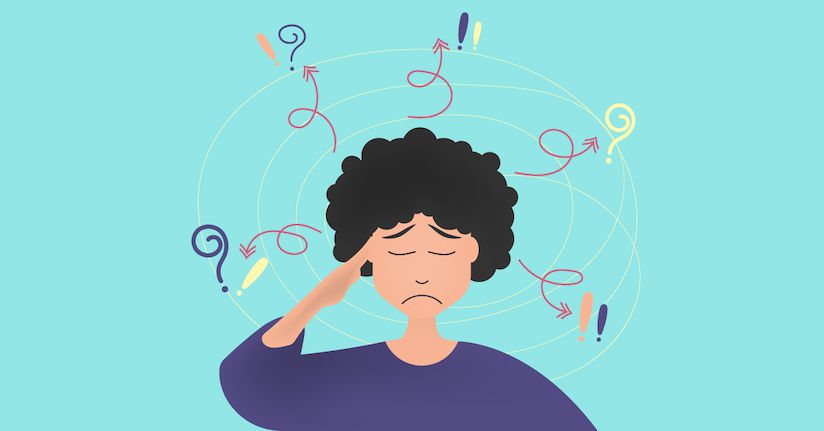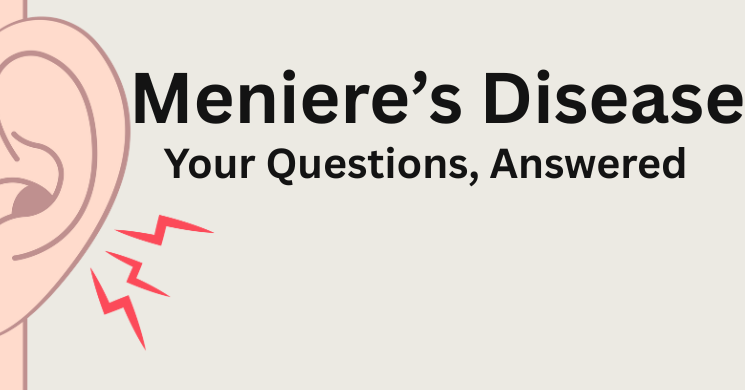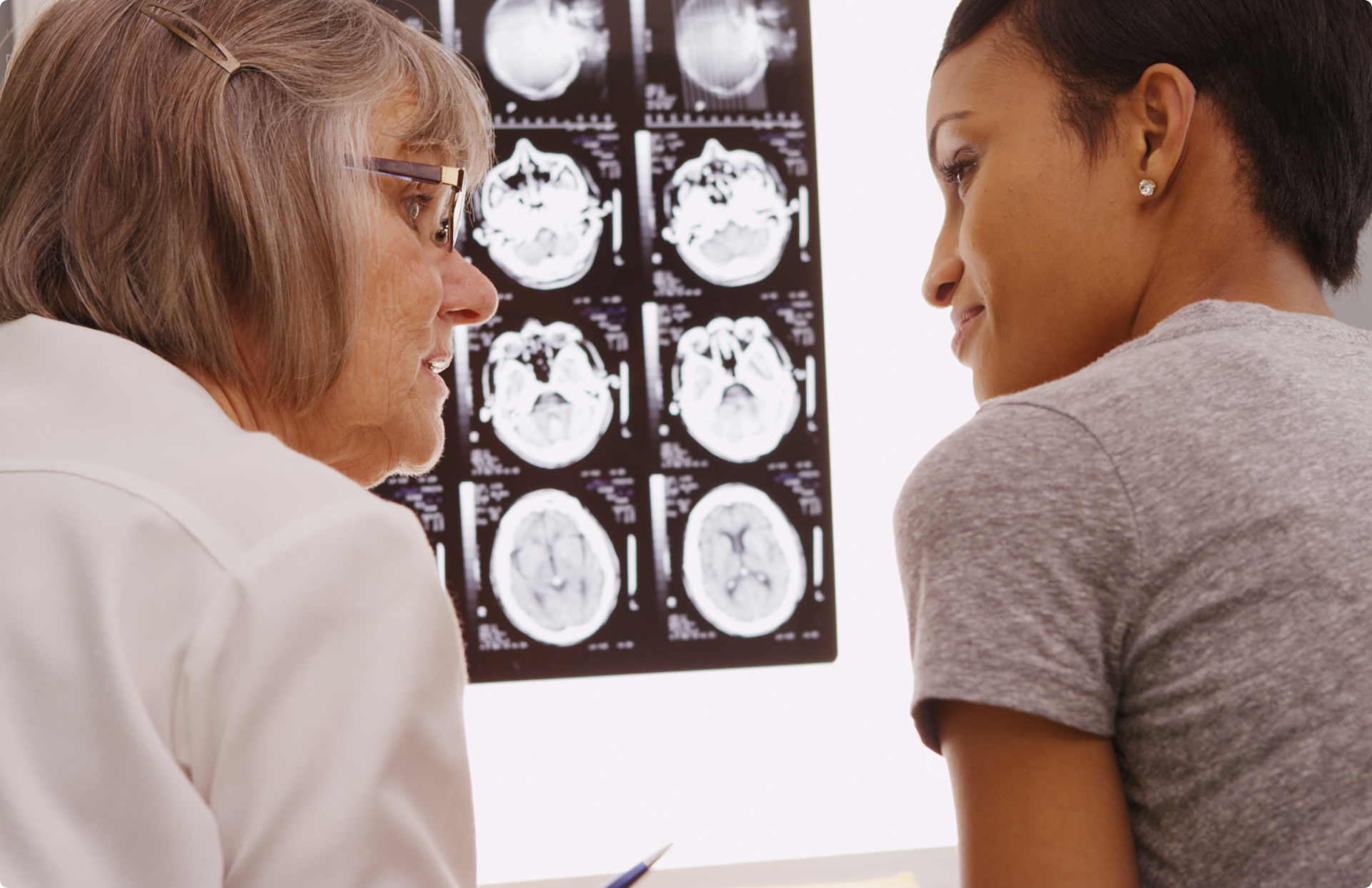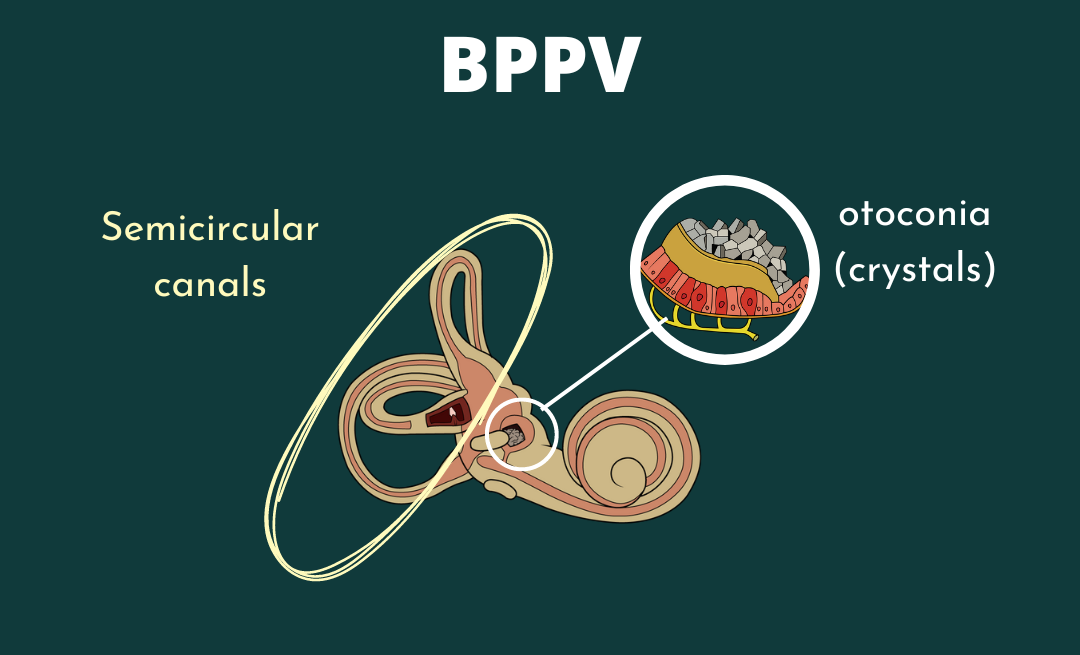Tests for a vestibular diagnosis
Imagine seeking answers for persistent dizziness, only to find yourself shuttled between neurologists for MRI or CT scans, ENT specialists for auditory and balance testing, and even cardiology to rule out heart-related issues—all to no avail. You’re left bewildered, feeling anything but normal, despite test results consistently coming back within normal ranges. This frustrating journey is all too familiar for many individuals grappling with vestibular disorders. However, the key lies not in the conventional diagnostic avenues, but rather in understanding the intricacies of vestibular diagnosis.
Vestibular system background
The vestibular system, alongside proprioception and vision, plays a crucial role in maintaining balance and spatial orientation. Situated within the inner ear, the vestibular apparatus comprises semicircular canals and otolith organs, which detect rotational and linear movements, respectively. When this system malfunctions, individuals often experience a myriad of symptoms, including vertigo, dizziness, imbalance, nausea, and visual disturbances. These symptoms can significantly impair daily life, affecting mobility, productivity, and overall well-being.

Vestibular information is used in two ways. One is for balance, and the other is to keep our eyes focused and steady on a target, even while moving. For this to happen, information needs to be sent from the vestibular system to the brain. Certain systems and reflexes are designed to take this information and perform the necessary movements of the head, neck, trunk and eyes to do this seamlessly.
There is also an additional pathway that connects the vestibular system to the autonomic nervous system called the vestibulo-auntomic pathway. Knowing the different pathways the vestibular system is used in can help explain a lot about symptoms. Unsteadiness, bouncing vision, anxiousness etc. This also helps explain tests performed to help determine a vestibular diagnosis.
Testing to determine vestibular involvement
To unravel the mysteries of vestibular disorders, a range of specialized tests and examinations are utilized. The tests below are something that can be expected during a clinical examination at a physiotherapist or physical therapists office. If interested in learning more about specific diagnoses, check out the list of more detailed posts here.
Nystagmus, characterized by involuntary eye movements, can provide valuable insights into vestibular function. The vestibular system helps in keeping vision stable, so involuntary eyes movements that act a certain way can give insight into what signals are being sent by the vestibular system and vestibular nerves.
Positional testing, particularly for benign paroxysmal positional vertigo (BPPV), involves maneuvering the head to provoke characteristic symptoms and identify the affected canal. Involuntary eye movement (nystagmus) is helpful in combination with positional testing to determine the involved side (left or right) and canal to perform the proper corrective maneuvers.
Dynamic Visual Acuity (DVA) testing assesses the ability to maintain clear vision during head movements, offering further clues to vestibular dysfunction. If there is inaccurate signaling or information, this test will yield abnormal results. Retesting can help determine progress being made.
Standing balance assessments, such as Computerized Dynamic Posturography (CDP) or modified Clinical Test of Sensory Integration of Balance (mCSTIB), evaluate postural stability under various conditions while manipulating the different sensory inputs used for balance. This gives insight into what conditions are challenging, and what sensory systems are involved.
Functional balance assessments like the Functional Gait Assessment (FGA) gauge the individual’s ability to perform everyday tasks requiring dynamic balance control. This ties the functional movement aspect that is so impactful with vestibular conditions. To include movements such as turns, stepping over objects, narrow walking, walking eyes closed, or walking with head turns helps determine troublesome movements for each individual. These types of test can also help build a rehab program and act as a retest to track progress.
Testing from other providers
Videonystagmography (VNG) and Vestibular Evoked Myogenic Potentials (VEMP), we delve deep into the function of the vestibular nerve branches, shedding light on the superior and inferior pathways. By assessing the integrity of these neural pathways, we gain invaluable insights into vestibular function. However, it’s essential to acknowledge the limitations—while VNG and VEMP offer vital information, they can’t capture every nuance of vestibular nerve activity. Consequently, normal test results don’t always rule out vestibular involvement, especially in conditions like vestibular migraine. This type of testing does include a hearing test, which can help determine conditions such as Meniere’s Disease. More on this type of testing here and here.
MRI: this can rule out central causes of dizziness such as MS, stroke, Parkinsons, cerebellar disorders, acoustic neuroma. This cannot diagnose a concussion or vestibular migraine, which can be a vestibular condition resulting in dizziness, but a normal test result. This type of test is important to rule out other possible causes, but can feel discouraging as a normal test result when you’re not feeling normal.
Cardiology workup, tilt table testing. This is an area that can result in dizziness with conditions such as atrial fibrillation. Screening for other areas such as orthostatic hypotension, or Postural Orthostatic Tachycardia Syndrome (POTS) should be considered with a cardiologist (sometimes this is neurology as well) to diagnose and assist with management.
In conclusion
Navigating the labyrinth of vestibular diagnosis demands a holistic approach, recognizing the unique challenges posed by vestibular disorders. While conventional testing may yield normal results, it is imperative to delve deeper into the vestibular system to uncover underlying dysfunction. By harnessing specialized tests and examinations tailored to assess vestibular function, individuals can finally find clarity amidst the dizzying array of symptoms. So, if you find yourself trapped in the cycle of unexplained dizziness, remember—it’s not just about normal test results; it’s about deciphering the vestibular puzzle to reclaim your equilibrium and quality of life.
Want to learn more about testing, diagnoses, and other vestibular tools from the experts and be a part of a supportive community to get back to your daily life? Find out more at this link: https://tvd.flywheelstaging.com/about-group/
Disclaimer:
Remember: this post is for informational purposes only and may not be the best fit for you and your personal situation. It shall not be construed as medical advice. The information and education provided here is not intended or implied to supplement or replace professional medical treatment, advice, and/or diagnosis. Always check with your own physician or medical professional before trying or implementing any information read here.
Renga V. Clinical Evaluation of Patients with Vestibular Dysfunction. Neurol Res Int. 2019 Feb 3;2019:3931548. doi: 10.1155/2019/3931548. PMID: 30863640; PMCID: PMC6377969.






